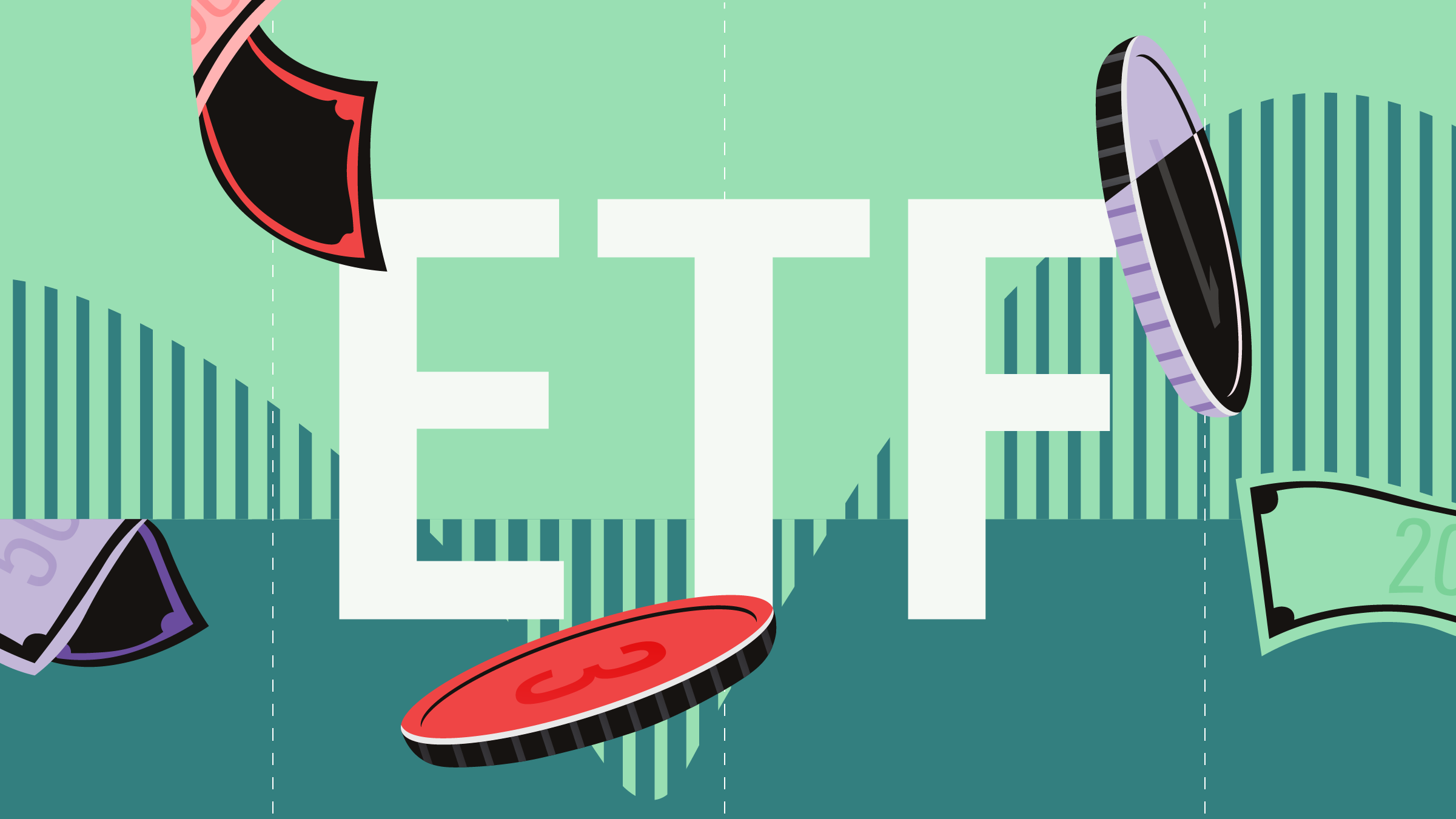 The amount of ETF offerings in Canada has risen, dramatically. We previously looked at the curious case of growth in niche ETFs, and how these play into investor behavior. Today, we speak to the providers themselves to better understand what inspires them, what their strategies are, and what they want you to know so that you can better navigate and make the most of the crowded marketplace.
The amount of ETF offerings in Canada has risen, dramatically. We previously looked at the curious case of growth in niche ETFs, and how these play into investor behavior. Today, we speak to the providers themselves to better understand what inspires them, what their strategies are, and what they want you to know so that you can better navigate and make the most of the crowded marketplace.
To best cover the broad bench of offerings, we spoke with a specialized provider, Horizons ETFs, known for the first cannabis ETF and a suite of innovative and targeted solutions from inverse (HMJI) and leveraged (HMJU) solutions to uranium-focused ETFs (HURA). On the other end of the spectrum, we spoke to index and allocation ETF behemoth, Vanguard Group, on the vision behind their funds that have vacuumed up hundreds of billions in assets under management.
Brave new world?
If your strategy involves being ahead of the curve and you’re willing to ride out the risk of unexpected events in the name of rewriting the rules of the game, Horizons may have the fund for you. “We take a proactive approach,” says Horizons President and CEO Steve Hawkins. “We look for disruptive technologies – and where the world is going.”
When signs of cannabis commercialization started to show, Hawkins saw Canada heading towards welcoming a new industry, and with it saw the need for wide exposure with an ETF (HMMJ) in a market where clear leaders were yet to emerge. “Canopy [WEED] and Aurora [ACB] were much smaller when we started. We hadn’t yet had recreational approval [of cannabis] and when that came through it was a huge tailwind,” says Hawkins.
Several of their ideas come from clients, he says, and other more unconventional ones stemmed from unconventional sources, like investment blogs. Being a nimble shop, after hearing comments like ‘where’s my inverse cannabis ETF,’ they simply made it happen.
Old is gold
If you’re more interested in the tried-and-tested, and you trust in a giant to successfully crunch a world of data for an analytical advantage, Vanguard is your visionary. An “enduring, long-term and evidence-based approach to product development” is how Scott Johnston, Head of Product at Vanguard Canada packages his bets for a broader audience.
He emphasizes “a global mindset” and “having the ability to leverage investment strategies and products that have been successful in other markets and adapting aspects of that for the benefit of Canadian investors.”
Most recently, that’s come in the form of three new asset allocation ETFs. Instead of taking a bet on a specific industry or thesis, Vanguard has focused on the outcome in a single ticket. “The industry is moving towards solutions-oriented portfolios, targeted at a variety of cost-conscious investors looking for international diversification.” Vanguard also targets advisors with these products, with a focus on freeing up time away from asset selection so that advisors can focus on the advice and planning side of their business.
When assessing demand, Vanguard takes a combination of advice from local teams, couples it with research from global teams and discussions from both advisors and investors, in addition to industry associations.
What about the risk?
Whether you’re investing in broad or targeted strategies, the risk of closure affects all ETFs. At a total market cap of $177.9 billion as of May 2019, does the Canadian market have the depth to support so many ETFs? Not really, the experts say.
Johnston finds some industry consolidation as inevitable and emphasizes that it’s “important to look at the size and merit of each ETF to ensure it is sustainable in all types of market conditions.”
As we discussed in the last piece, many specialized ETFs address investor wants, not needs. And just because investors want something, it doesn’t always mean it’s good for them. Advisors and fund companies have the “Know Your Client” mandate, but for investors: “It’s important to know your product,” says Hawkins.
Investors interested in super-specialized products like the leveraged approach to cannabis, should be aware that they’re putting their money into what are designed to be daily bets. It’s important to read the fine print: “The Double ETF does not seek to achieve its stated investment objective over a period of time greater than one day.”
What may seem like a single industry-focused approach can have multiple dimensions at play, says Hawkins. Time, new geographies and complementary industries can lead to catalysts for growth. Buyers of a cannabis-focused fund should consider the opportunities the medical applications in addition to recreational demand, for example. The industry takes time to develop and new regions (such as the U.S. market opening up) also present long-term opportunities, says Hawkins.
Common advice for do-it-yourself investors – prone to pick up ETFs by their ease of acquisition - is to avoid day trading and attempts to time the market, and take a long-term approach to investing.
As for the future, Hawkins sees ETFs getting more specific, with more integrations of new technologies. But with the risk of a market that’s “flooded with ETFs” and many products getting “too specific”, Hawkins says Horizons has adjusted their pioneering product development process to be a little less spontaneous, “we’ve stopped throwing like 20 things against the wall to see what sticks.”



















